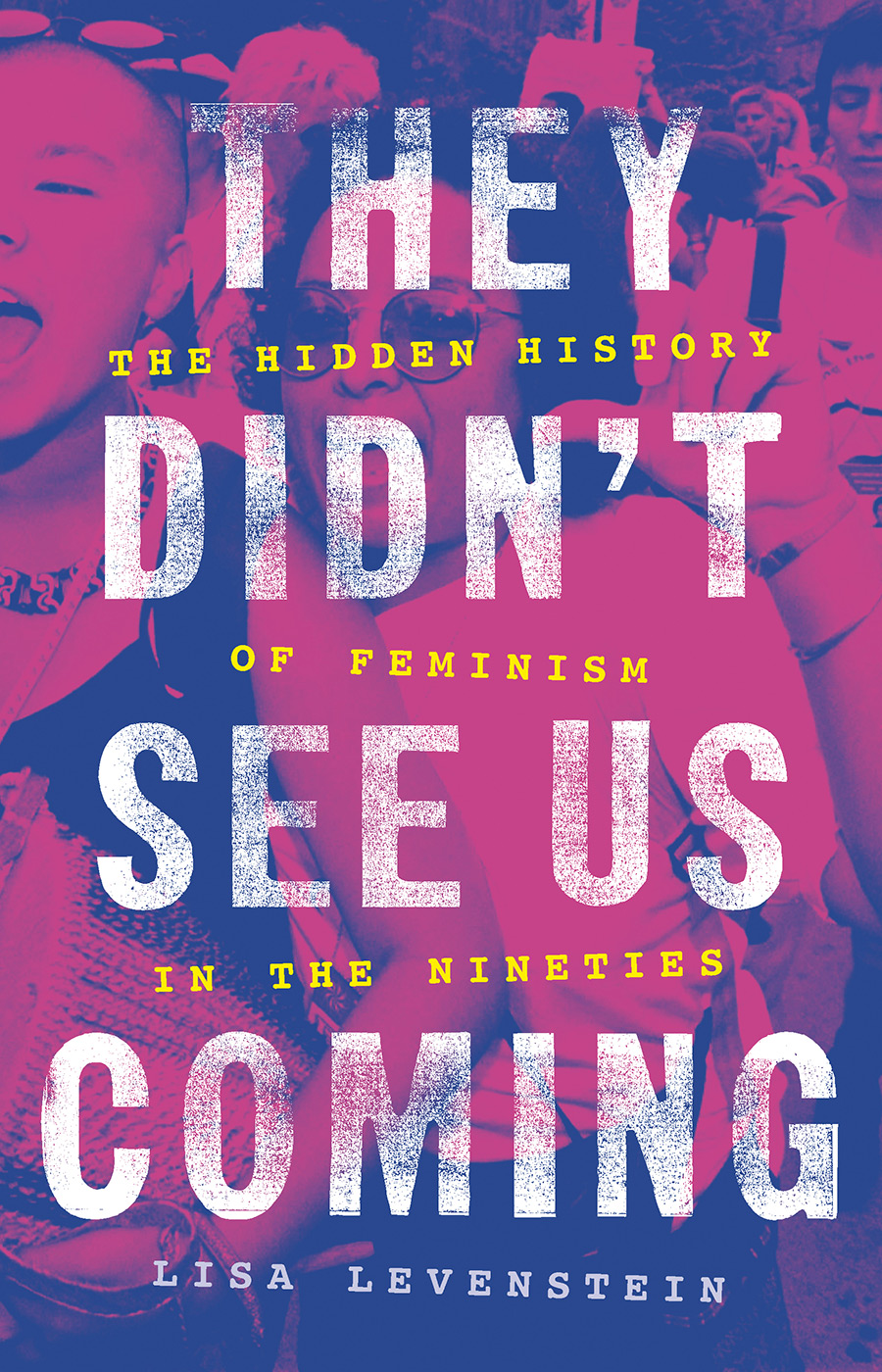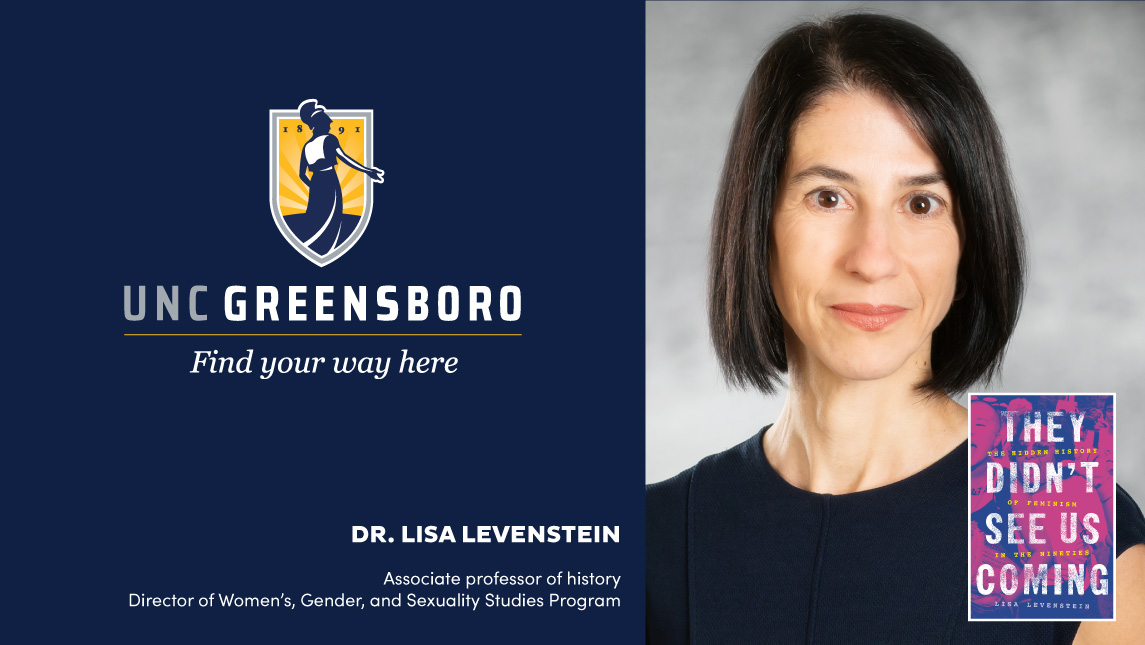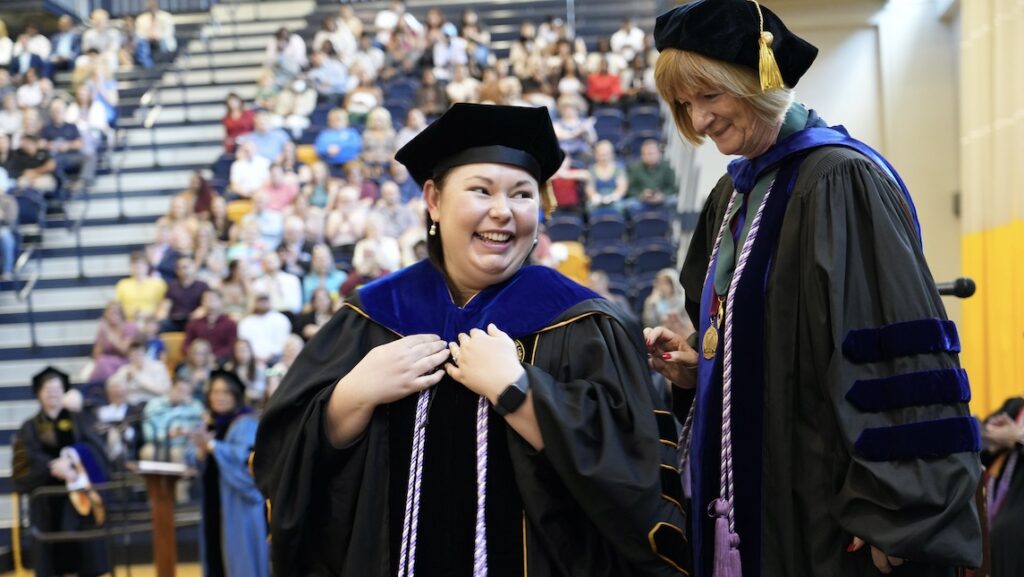
“Is feminism dead?”
That’s the question that Time magazine posed to its readers on a June 1998 cover. The controversial cover story ultimately concluded that the feminist movement had become largely irrelevant in the 1990s.
UNC Greensboro’s Dr. Lisa Levenstein refutes that claim with her new book, “They Didn’t See Us Coming: The Hidden History of Feminism in the Nineties.” Based on extensive archival research and more than 120 oral history interviews with feminist activists, the book argues that the 1990s were in fact a pivotal decade for the feminist movement – and a decade that helped set the stage for the activism that we see today.
Levenstein is associate professor of history and director of the Women’s, Gender, and Sexuality Studies Program at UNCG. She has spent most of her career “trying to understand social movements beyond famous leaders and more celebrated instances of mass protest – beyond the sit-ins and and huge marches for abortion rights that captured headlines.”
“My research has centered women of color, working class women – those who don’t fit the stereotype of ‘activist,’” Levenstein says. “I’m really interested in uncovering strategies and tactics that these women use to promote social change, the strategies that go beyond marches or public protest.”

The idea for Levenstein’s new book, which was released July 14, came in the form of a small newspaper article about the 1995 United Nations Fourth World Conference on Women in Beijing, China. Levenstein knew about the conference, which drew over 30,000 activists from around the world, but she wasn’t familiar with the dozens of U.S. feminist organizations – led by women of color – that were listed in the article.
She started researching the organizations, and one insight led to another. Feminist archives at universities across the country were vital for her research. Each oral history interview she conducted led to more interviews with women who had participated in feminist activism in the 1990s.
She found that the Beijing conference was central in getting feminists online. Women staffed a computer center at the event and trained attendees on how to use the internet and email.
From there, people increasingly found each other online, sharing ideas and forming relationships. “This was key for people who didn’t live in urban areas and didn’t have access to feminism in the same way that those living in big cities or near a university did,” Levenstein explains.
She found that women of color and women from the global South were leaders in redefining core feminist issues. For example, these women helped introduce the reproductive justice lens to reframe abortion access in broader terms. Instead of only fighting for abortion rights, the feminist movement began to change the conversation to focus on bodily autonomy – the right to have children or not to have children, and the right to raise children in safe communities. The concept of intersectionality – the relationships between sexism and other forms of discrimination – also became an important part of the movement.
Why is this work relevant in 2020?
The Women’s March of 2017 was the largest single-day protest in U.S. history. #MeToo has shaped how many in the United States and beyond talk about – and respond to – sexual assault. These pivotal moments in today’s feminist movement can be traced back to a lot of the work happening in the 1990s.
Additionally, with ongoing Black Lives Matter demonstrations and the surging environmental movement, Levenstein’s work helps explain how women helped shape many of the strategies and tactics of other types of activism we see today.
“Mass protests don’t just spring up out of nowhere,” she says. “They build on decades of organizing that doesn’t get public attention – people working in communities, spreading ideas, talking with other people about injustice, strategizing, and laying groundwork for future mobilizations.”
Story by Alyssa Bedrosian, University Communications



